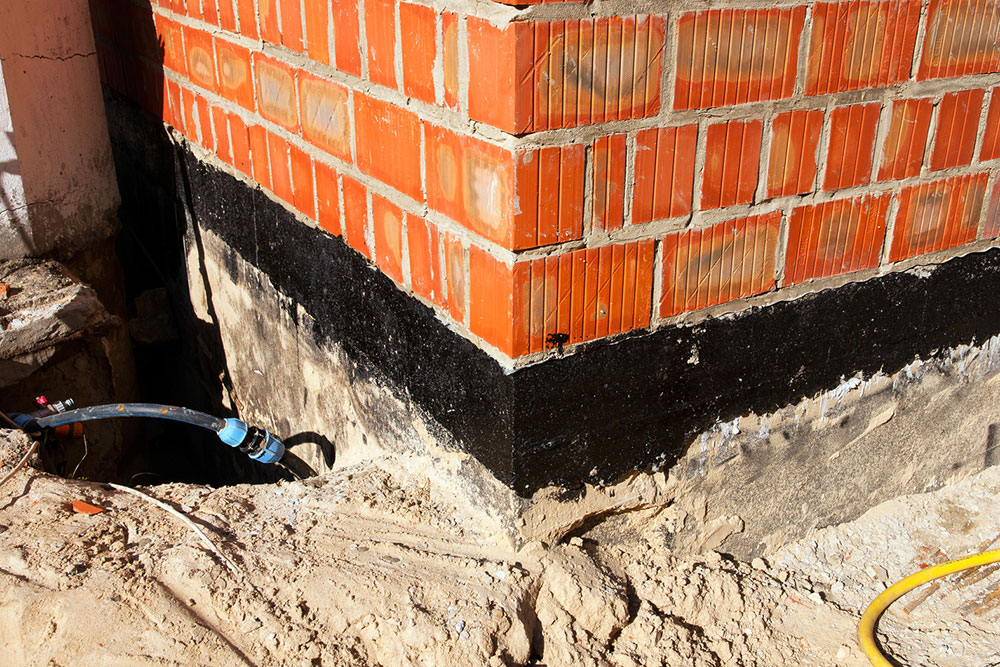4 common mistakes to avoid while waterproofing basements

Water seeping into the house during the rains is truly a nightmare. Since water first seeps into the lowermost zones of the property, waterproofing the basement is important. It prevents problems like moistened furniture, damaged basement panels, and unpleasant smells. That said, one must be careful when waterproofing the area and seek the help of a professional if necessary. Here are four common mistakes to avoid when waterproofing basements DIY:
Not waiting before draining flood water from the basement
Floods usually affect the basement before the other rooms. The water puts pressure on the basement walls as time passes, making them weak. Fearing damage, many homeowners act really fast and try removing this water, which is a big mistake. Experts say one must let the rain stop and wait a few hours before doing that. When water is drained quickly during a flood, there is always the possibility of more water seeping into the basement from the surrounding soil. To avoid this outcome and stop the water flow, homeowners must wait for an hour or two after the flooding stops and drain the basement slowly.
Relying only on paint for waterproofing
In their ad campaigns, many paint manufacturers state that their products have waterproofing elements and qualities. While it may be true, relying only on paint to protect the basement from getting soaked and filled with water is a bad idea, especially during heavy floods and incessant rains. A single layer of paint may be enough to keep water away in case of light rains or water leakage. However, water eventually breaks through that layer and enters the basement if one does not apply another coating of waterproofing material to the basement wall.
Not checking the soil around the foundation
Many people do not inspect the soil that surrounds their homes. While it may seem like an unnecessary task that wastes time, checking the soil can help prevent water leakages and flooding in the basement. If the soil around one’s house is soft, it could retain lots of rainwater and cause it to penetrate the walls. Soft soil can also allow the water collected outside to enter the basement, which is bad for the health of the house. One can resolve this soil problem by ensuring the earth around the house slopes away from it. If the land and soil are structured so that water slides into a house, it tends to cause flooding and water leakage in basements. One must also fill up any depressions in the soil around the house that can cause water retention and penetration into the property.
Ignoring runoff locations
In many cases, runoff from one’s roof causes water to pool near the basement and around the house. If not given enough attention, this water can enter the basement and wreak havoc on wooden foundations and furniture. To avoid this, one must safeguard their house from runoff water leakage.
Ideally, individuals should call contractors and waterproofing experts to prevent water leakage into their basements and homes. But, if someone takes on the task DIY, they must avoid these mistakes for the best outcome.






